AISI 1020
While it lacks the high strength of alloy or medium-carbon steels, its affordability and versatility make it a popular choice for forged components in industries requiring moderate strength and ease of fabrication, including oil & gas, mining (coal), and general machinery.
Descriptions
1. Chemical Composition
AISI 1020 complies with the following composition (weight %):
| Element | Content (%) |
| Carbon (C) | 0.18-0.23 |
| Manganese (Mn) | 0.30-0.60 |
| Phosphorus (P) | ≤0.040 |
| Sulfur (S) | ≤0.050 |
| Silicon (Si) | ≤0.40 |
| Iron (Fe) | Balance |
2. Mechanical Properties
Properties vary slightly based on forging process and heat treatment. Typical values for hot-forged and normalized AISI 1020:
| Property | Value |
| Tensile Strength | 380-550 MPa(55-80ksi) |
| Yield Strength | 210-350 MPa(30-51 ksi) |
| Elongation (50mm) | 15-25% |
| Hardness | 110-170 HB (Brinell) |
| Impact Energy (Charpy V-notch) | 20-40J(15-30 ft-1b) at 20°C |
3. Key Advantages
Excellent Weldability: Suitable for on-site repairs and modifications.
Cost-Effective: Lower material and processing costs compared to alloy steels.
Machinability: Easy to machine into complex shapes with standard tools.
Ductility: Resists fracture under bending or forming operations.
4. Limitations
Low Strength: Not suitable for high-stress or dynamic-load applications (e.g., drill collars, crusher jaws).
Poor Wear Resistance: Requires surface treatments (e.g., carburizing) for abrasive environments.
Corrosion Susceptibility: Needs coatings (galvanizing, painting) for outdoor or humid conditions.
Recent products
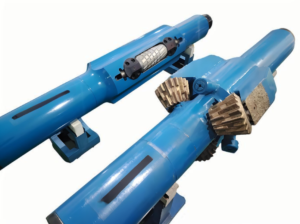
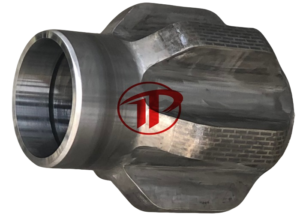
API7-1 4145H Stabilizer Sleeve Forging
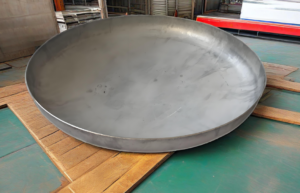
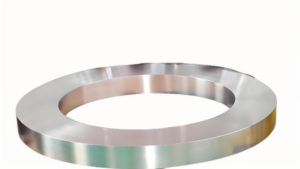
Aluminum Forged Rings for Aerospace & More
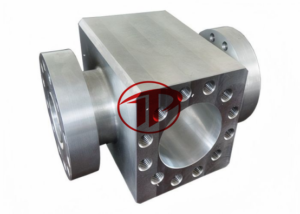
API 6A Valve Body Forging
CONTACT US
Address
B-2007,Chuanmei Building,Taishan Street,Taian City,Shandong, China
Call Us
+86 0538 6368027
Email Address
Sales@tiptopforging.com
Standards & Certifications
ASME B16.5 (Pipe Flanges and Flanged Fittings).
API 6A (Limited to non-critical components).
Applications
Piping and Fittings:
Low-pressure pipe flanges, couplings, and valve bodies.
Structural Supports:
Brackets, base plates, and lifting lugs for platforms and drilling rigs.
Fasteners:
Bolts, studs, and nuts for assembly of non-pressure-retaining systems.
Tooling Components:
Jigs, fixtures, and temporary supports for maintenance operations.
Material Handling Systems:
Conveyor rollers, shafts, and brackets for coal transport equipment.
Mining Machinery:
Non-wear parts like gear blanks, linkage arms, and hydraulic cylinder rods.
Support Structures:
Reinforcements for mine carts, ventilation ducts, and tunnel bracing.
Safety Equipment:
Frames for lighting rigs, sensor mounts, and emergency tool housings.

